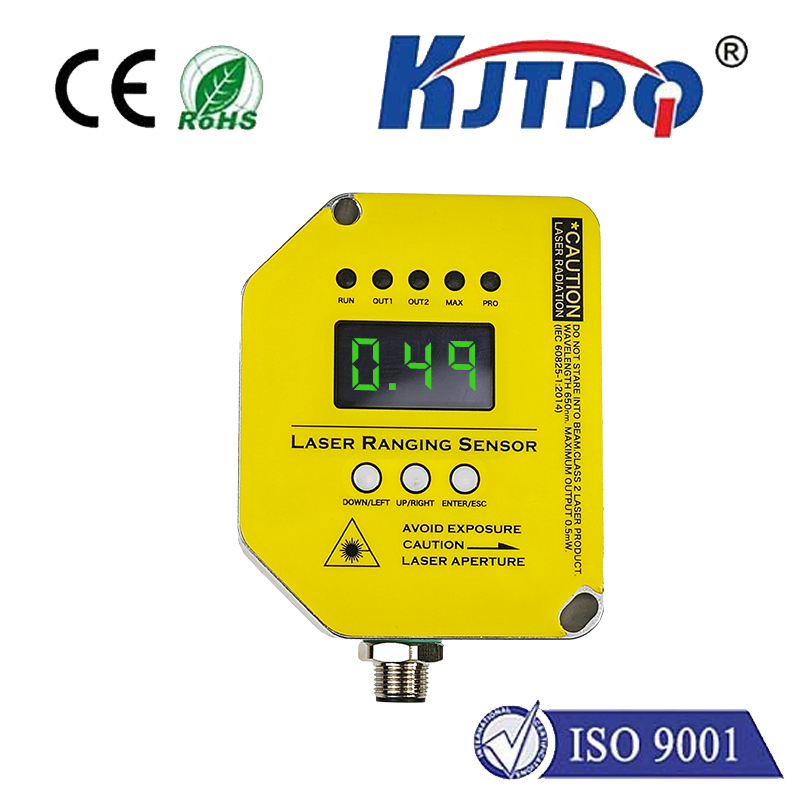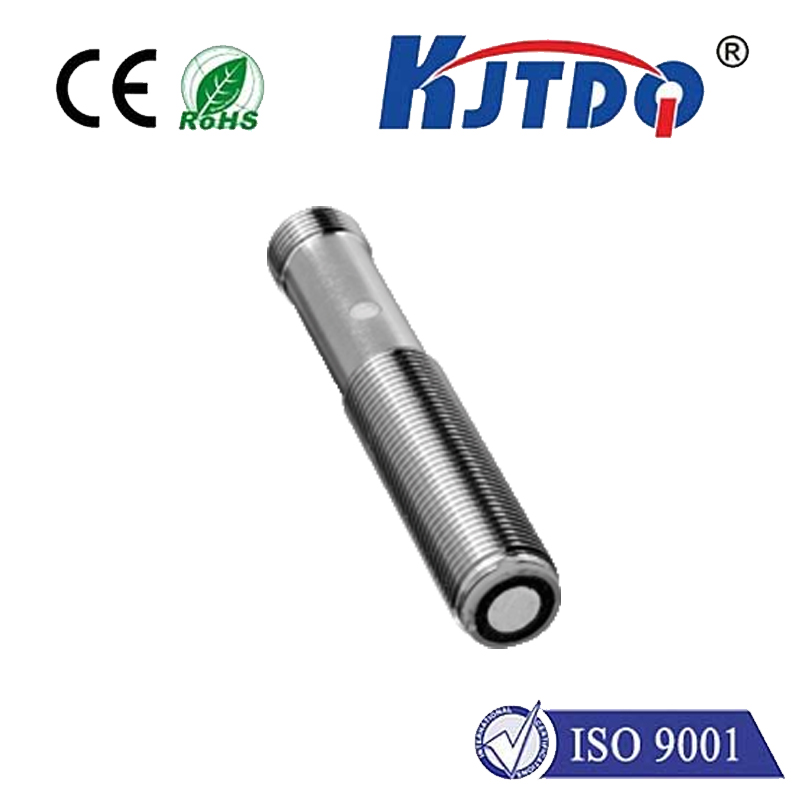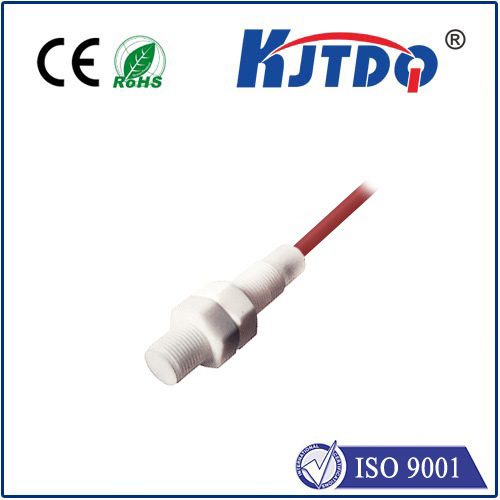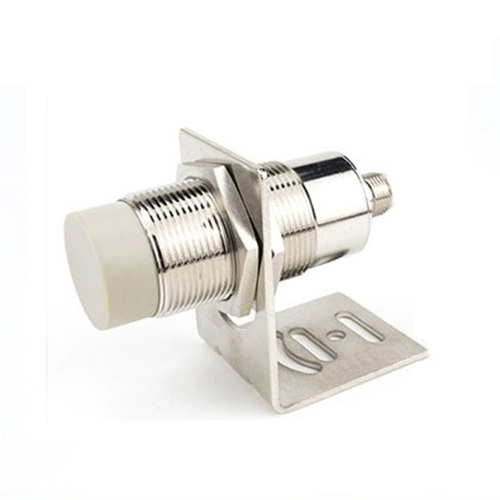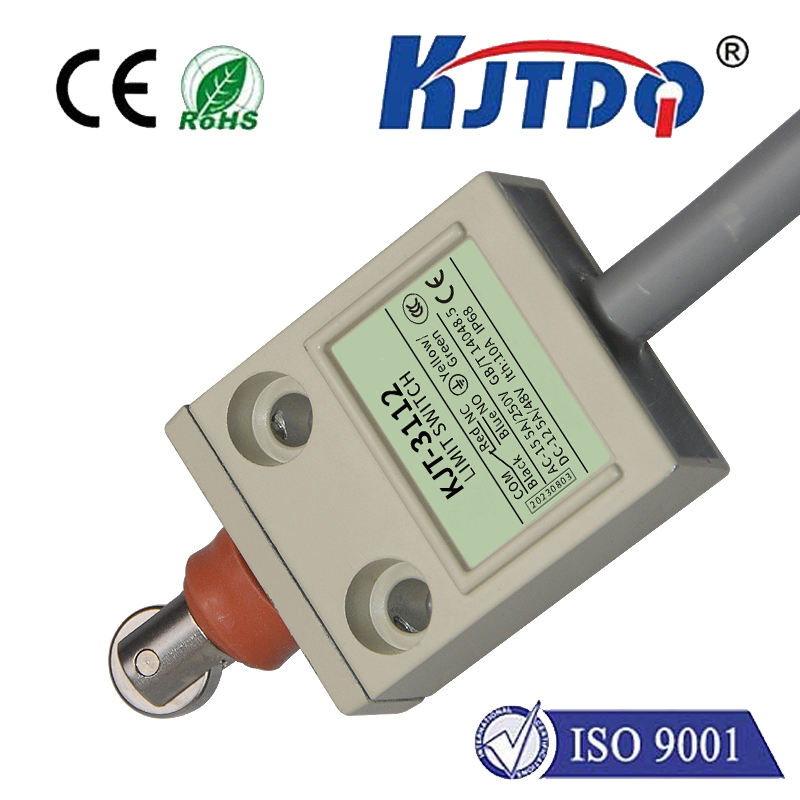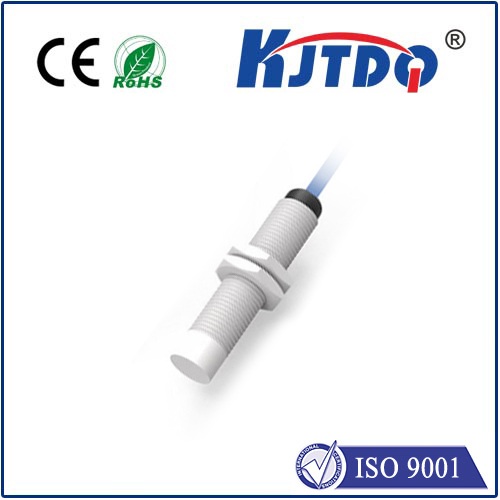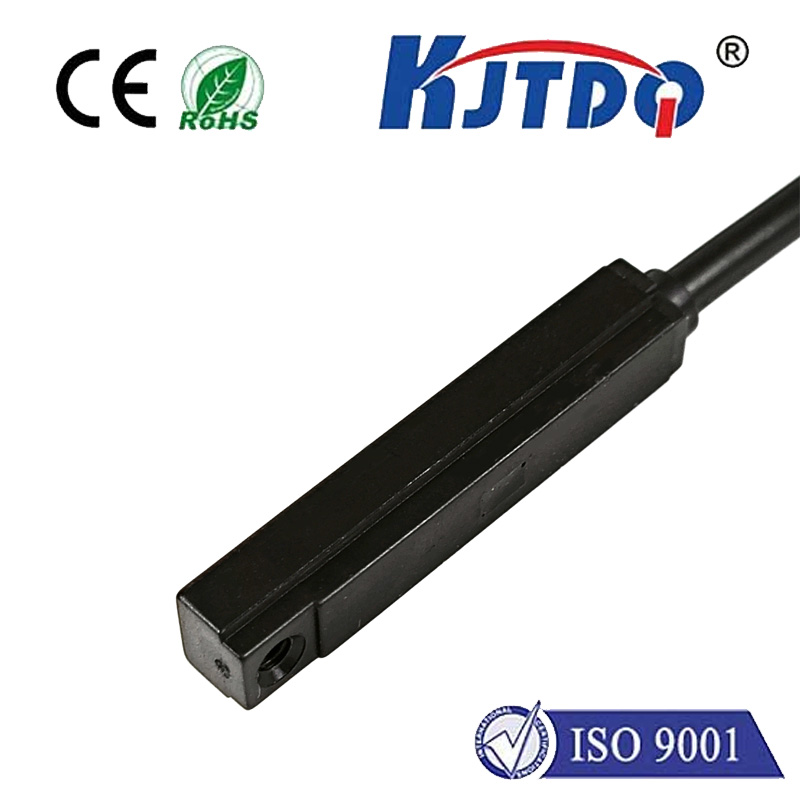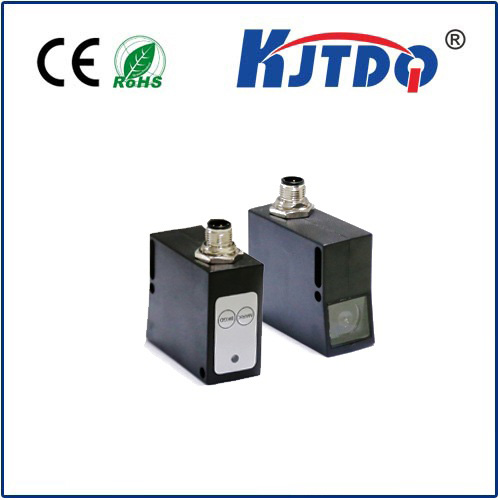E3T-FT14-M5J 0.3M micro photoelectric sensor
- time:2025-09-27 00:24:21
- Click:0
Mastering Miniaturization: The Omron E3T-FT14-M5J 0.3M Micro Photoelectric Sensor Unveiled
Introduction
In the relentless drive towards smarter, smaller, and more efficient automation, every millimeter counts. Design engineers constantly grapple with the challenge of packing powerful functionality into shrinking machine footprints. Sensing technology, the eyes and ears of automated systems, must keep pace. This is where the Omron E3T-FT14-M5J 0.3M Micro Photoelectric Sensor steps onto the stage. This miniature marvel isn’t just small; it’s a precision-engineered solution delivering reliable detection where space is at an absolute premium. Understanding its capabilities is key to unlocking new levels of design freedom in compact automation.
Demystifying the Model: Precision in a Tiny Package
The name “E3T-FT14-M5J 0.3M” is more than just a code; it’s a detailed specification sheet compacted into a few characters:
- E3T: Denotes Omron’s specific series of through-beam photoelectric sensors.
- FT14: Crucial! This identifies the incredibly compact rectangular housing, measuring a mere 14mm x 26.5mm x 11mm (WxHxD). This ultra-slim profile is the defining feature for space-constrained applications.
- M5J: Specifies the connector type – an industry-standard M5 straight connector. This small, robust connector simplifies wiring and saves even more panel space compared to bulkier alternatives or terminal blocks.
- 0.3M: Indicates the pre-attached cable length is 0.3 meters (300mm). This standard length offers flexibility for close-proximity connections within tight machinery.
Fundamentally, it’s a high-performance micro photoelectric sensor operating on the through-beam principle. This means it consists of a separate emitter (light source) and receiver units. The emitter projects a focused beam of light (typically infrared or visible red), which is detected by the receiver. An object passing between the two interrupts this beam, triggering the sensor’s output signal. This method is renowned for its long sensing distances and high positional accuracy, making it exceptionally reliable.

Why Compactness is King: The FT14 Advantage
The FT14 housing isn’t just small; it’s intelligently designed for maximum impact in minimal space:
- Unmatched Space Savings: Its slender profile allows installation in locations where conventional sensors simply cannot fit – inside thin mechanisms, alongside densely packed components, or within moving parts with restricted clearance. This revolutionizes design possibilities for miniaturized equipment.
- Weight Reduction: The minimal material usage translates to a lightweight sensor. This is critical in applications involving moving sensor heads or on delicate machinery where added mass could be problematic.
- Simplified Mounting: The compact size often enables simpler mounting solutions, potentially reducing the need for complex brackets or extensive modifications to existing setups.
- Enhanced Aesthetics and Flow: In consumer-facing automation or high-end machinery, streamlined components contribute significantly to a cleaner, more professional overall appearance and better internal airflow.
Where Micro Matters: Prime Applications
The E3T-FT14-M5J excels in scenarios demanding precision detection without bulk:
- Semiconductor & Electronics Manufacturing: Detecting tiny components (chips, SMDs), verifying placement on micro-PCBs, or sensing wafer presence in intricate handling systems where sensor size is paramount.
- Compact Machinery & Robotics: Inside small robotic arms or grippers, monitoring miniature actuators, verifying part insertion in confined assembly cells, or ensuring tool presence on miniature CNC spindles.
- Medical Device Assembly: Sensing delicate components, verifying syringe plunger position, or confirming vial presence in highly compact, sterile production environments.
- Precision Packaging: Verifying small items (pills, micro-components) within blister packs or tiny containers, checking label application on small products, or detecting misaligned caps on miniature bottles.
- Laboratory Automation: Reliable detection within microfluidic devices, sample handling systems, or analytical instruments where space inside the instrument chassis is severely limited.
- Tight Conveyance Systems: Sensing small objects on narrow conveyors or within transfer chutes where standard sensors would cause obstruction.
Robustness in Miniature: Reliability You Can Trust
Don’t let its size fool you. The E3T-FT14 series is engineered for industrial durability:
- Stable Sensing: Through-beam technology inherently offers excellent immunity to background light interference and target surface color or reflectivity variations compared to reflective types. This translates to consistent, reliable detection of challenging objects.
- Long Sensing Range (for its size): Despite its compact form, the separate emitter and receiver allow significantly longer sensing distances than similarly sized diffuse-reflective sensors. Specific ranges depend on the variant (e.g., Standard or Slotted), but easily reach several hundred millimeters.
- Environmental Resilience: Built to withstand typical industrial challenges like minor vibrations and ambient dust. While not specifically submersible or massively dustproof rated without shielding, its design prioritizes reliable operation in demanding compact spaces.
- Simplified Wiring: The pre-attached 0.3m cable with M5 plug ensures quick and easy connection to matching M5 receptacles, reducing installation time and minimizing wiring errors in cramped control panels.
Installation Insights: Getting the Most from Your Micro Sensor
Maximizing the potential of the E3T-FT14-M5J involves careful consideration:
- Precise Alignment: Through-beam sensors demand accurate alignment of the emitter and receiver beam. Use alignment tools if necessary, especially for longer distances or critical applications. The stable mounting surfaces aid in this.
- Environmental Factors: While robust, ensure the operating environment temperature, humidity, and potential for splashes or heavy contamination are within the sensor’s specified limits. Protect cabling from abrasion in moving installations.
- Power Supply: Ensure a stable, compatible DC power supply (typically 12-24V DC) as per the datasheet specifications.
- Choosing Amplifier/Controller: Its NPN output requires compatible PLC input cards or relay interfaces. Select appropriately based on your control system requirements.
Conclusion: The Power of Small
The Omron E3T-FT14-M5J 0.3M Micro Photoelectric Sensor proves that impactful sensing doesn’t require a large footprint. It represents a critical evolution in automation components, directly addressing the industry’s push towards miniaturization and higher density. By combining a revolutionarily compact FT14 housing, the convenience of an integrated M5 connector and 0.3m cable, and the inherent reliability of through-beam technology, this sensor unlocks possibilities previously constrained by sensor size. For engineers and designers battling space limitations while demanding precise, dependable object detection, this micro photoelectric sensor is more than just a component; it’s a powerful enabler of innovation. When your next design screams for compactness without compromise, the solution might just be measured in millimeters.








